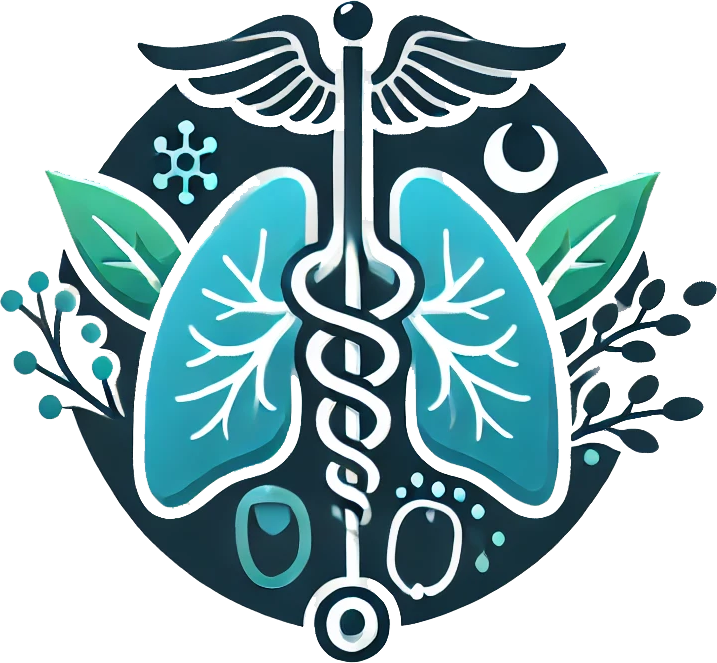Diagnostic polysomnography
If you wake up feeling tired, irritable, or like you didn't get enough sleep, it may be time to see a sleep specialist.
About
What is non-restorative sleep?
Sleep is an essential pillar of our health and well-being. However, sometimes, despite seemingly full nights, sleep is not restorative.
Non-restorative sleep is a sleep disorder where, despite sufficient sleep duration, the quality of sleep is insufficient to restore the body's physical and mental functions. This may be due to frequent interruptions in sleep, breathing disorders such as sleep apnea, or disturbances in the biological clock.
What is Diagnostic Polysomnography?
Diagnostic polysomnography is a comprehensive sleep study performed to diagnose sleep disorders. This test measures and records various body functions during sleep, including brain activity, eye movements, heart rate, breathing, blood oxygen levels, and leg muscle movements.
Why a Polysomnography?
Polysomnography is essential for diagnosing a wide range of sleep disorders, such as:
Sleep apnea
Temporary interruption of breathing during sleep.
Restless Legs Syndrome
Irresistible urge to move the legs, especially at night.
Narcolepsy
Excessive daytime sleepiness with sudden episodes of falling asleep.
Parasomnias
Abnormal behaviors during sleep such as sleepwalking.
Insomnia
Difficulty falling asleep, staying asleep, or waking up too early and not being able to fall back asleep.
Chronic fatigue
Persistent feeling of fatigue that does not go away despite adequate sleep.
Unrestful sleep
Feeling unrested after a night's sleep.
Circadian rhythm disorders
Misalignment between an individual's internal sleep-wake cycle and the external environment, causing difficulty falling asleep or waking up.
Superficial sleep
Difficulty achieving deep, restorative sleep, resulting in frequent awakenings and a feeling of fatigue upon waking.
Diagnostic polysomnography
Who is Polysomnography for?
Polysomnography is intended for those:
How is a Polysomnography performed?
1. Preparation:
The Benefits of Somnological Care
Diagnostic précis
Clearly identifies sleep disorders, enabling targeted treatment.
Improving the quality of life
Appropriate treatment improves sleep quality and, therefore, overall quality of life.
Reduction of cardiovascular risks
Treating sleep disorders can reduce the risk of serious diseases such as heart disease and high blood pressure.
Diagnostic
Potential Diagnostics of Polysomnography
Polysomnography can help diagnose various sleep disorders, including:
Obstructive Sleep Apnea Syndrome (OSAS)
Characterized by repeated pauses in breathing due to airway obstruction.
Central Sleep Apnea Syndrome (CSAS):
Caused by a failure of the brain to send the proper signals to the muscles that control breathing.
Upper airway resistance syndrome (UARS)
Reduced airflow which causes unrestful sleep and daytime sleepiness.
Restless Legs Syndrome (RLS)
Irresistible urge to move the legs, often accompanied by uncomfortable sensations.
Narcolepsy
Excessive daytime sleepiness and sudden uncontrollable episodes of sleep.
Parasomnies
Abnormal behaviors during sleep, such as sleepwalking, night terrors, and violent behavior during sleep.
Periodic leg movement disorder (PLMD)
Involuntary leg movements during sleep.
Insomnia
Difficulty falling asleep, staying asleep, or waking up too early.
Unrestful sleep
Feeling unrested after a night's sleep, often associated with other sleep disorders such as insomnia or sleep apnea.
Circadian rhythm disorders
Misalignment between the internal sleep-wake cycle and the external environment, causing difficulty falling asleep or waking up.
Treatment
Sleep Apnea Treatment: CPAP
For patients diagnosed with obstructive sleep apnea (OSA), the most common and effective treatment is the use of continuous positive airway pressure (CPAP).
CPAP is a device that delivers a steady, constant flow of air through a mask worn during sleep, helping to keep the airway open.
- Suppression of apneas (breathing pauses): Decreases apnea episodes and improves breathing during sleep.
- Suppression of hum upon installation of the machine
- Improved sleep quality: Reduces frequent awakenings, allowing for deeper, more restful sleep.
- Reduced daytime sleepiness: Improves alertness and reduces fatigue during the day.
- Improved overall health: Reduces the risk of complications related to sleep apnea, such as high blood pressure and cardiovascular disease.
Complete assessment of sleep-wake rhythm
Using questionnaires, sleep diaries and polysomnography to analyze the quality of your sleep.
Management of respiratory disorders
Like sleep apnea, with solutions such as continuous positive airway pressure (CPAP) treatment.
We offer an integrated, personalized approach to treating non-restorative sleep.
The somnological approach
Our sleep experts work with you to identify the underlying causes of your sleep disturbances and develop a tailored treatment plan. This may include:
Cognitive behavioral therapies
To improve sleep-related habits and behaviors.
Readjustment of circadian rhythms
Through chronotherapy or light therapy techniques.
Sleep hygiene
In addition to our specialized care, adopting good sleep hygiene is essential to improve the quality of your sleep.
Here are some practical tips:
Maintain a regular sleep schedule
Try to go to bed and get up at the same time every day, even on weekends.
Create an environment conducive to sleep
Make sure your room is dark, quiet and at a comfortable temperature.
Avoid screens before bed
Blue light from screens can disrupt your circadian rhythm.
Exercise regularly
Regular physical activity can promote deeper sleep, but avoid strenuous exercise before bed.
Avoid stimulants
Like caffeine and nicotine, especially late in the day.
Practice relaxation techniques
Such as meditation, yoga or reading, to prepare your body and mind for sleep.





